by A. Osaka et al., Apr 25, 2022 in TheHolocene
Keywords
Abstract
The recession of the Hornbreen-Hambergbreen glaciers (Hornsund, Svalbard) will lead to the formation of a strait between the Greenland and Barents Seas within a few decades. We provide evidence for the earlier existence of this strait, in the Early–Middle Holocene and presumably since 1.3 ka cal. BP until glacier advance 0.7 ± 0.3 ka or earlier. Radiocarbon dating of mollusc shells from the ground moraines in the Hornbreen forefield indicate the existence of the marine environment at the contemporary glacierized head of Hornsund since 10.9 ka cal. BP or earlier due to glacier retreat. The gap in the radiocarbon dates between 3.9 and 1.3 ka cal. BP and the published results of 10Be exposure dating on Treskelen suggest the strait’s closure after glacier advance in the Neoglacial. Subsequent re-opening occurred around 1.3 ka cal. BP, but according to 10Be dates from Treskelen, the strait has again been closed since ca. 0.7 ± 0.3 ka or earlier. The oldest known surge of Hornbreen occurred around 1900. Analysis of Landsat satellite images, morphometric indicators characterizing the glacier frontal zones and previous studies indicate one surge of Hambergbreen (1957–1968) and five re-advances of Hornbreen in the 20th century (after 1936, between 1958 and 1962, in 1986–1990, 1998–1999, 2011). While the warmer Holocene intervals might be a benchmark for the effects of future climate change, glacier dynamics in post-Little Ice Age climate warming seems to be an analogue of glacier retreats and re-advances in the earlier periods of the Holocene.
…


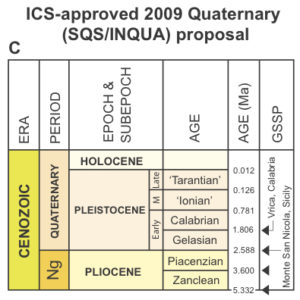
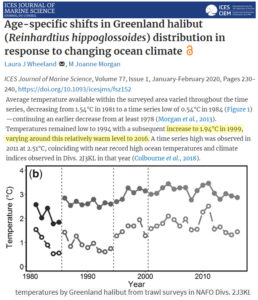

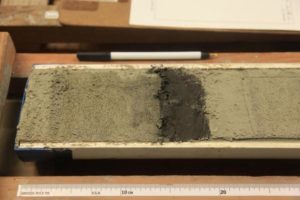
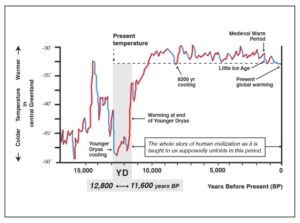
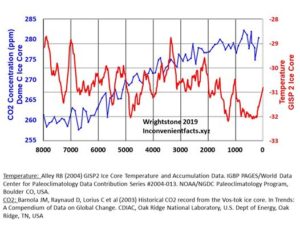
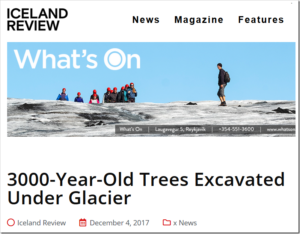
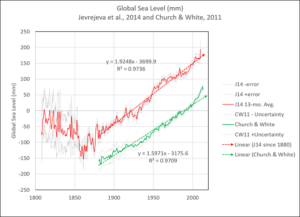 Figure 1. Jevrejeva et al., 2014 (red) and Church & White, 2011 (green).
Figure 1. Jevrejeva et al., 2014 (red) and Church & White, 2011 (green).